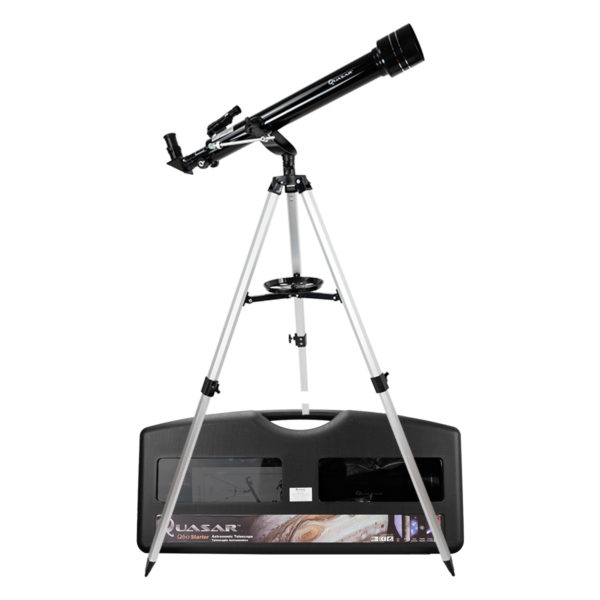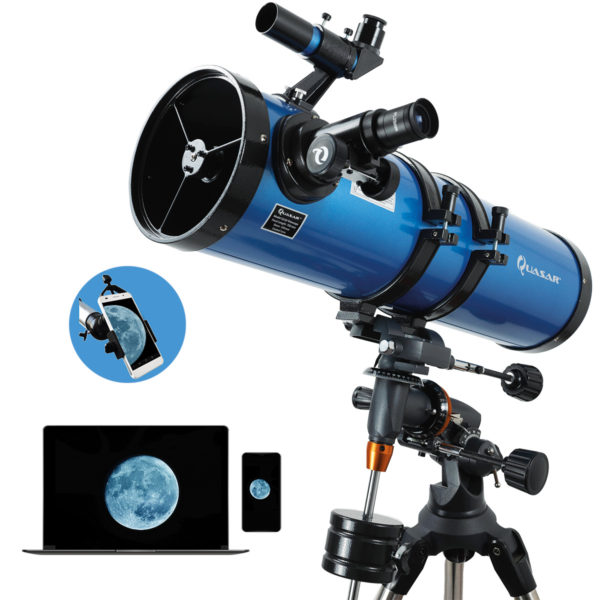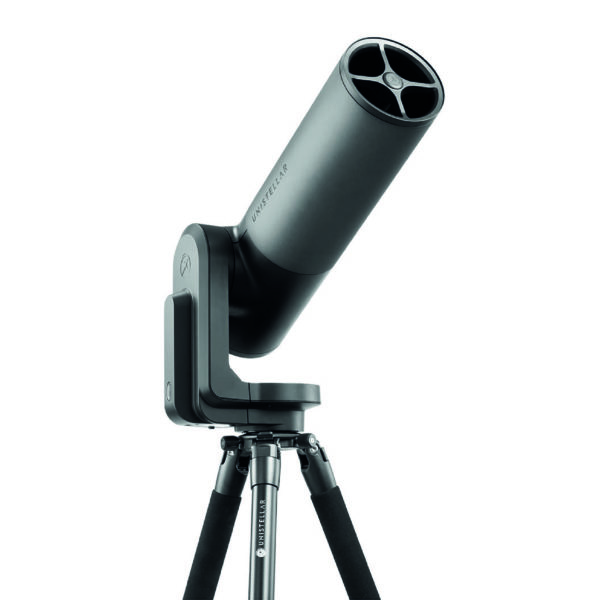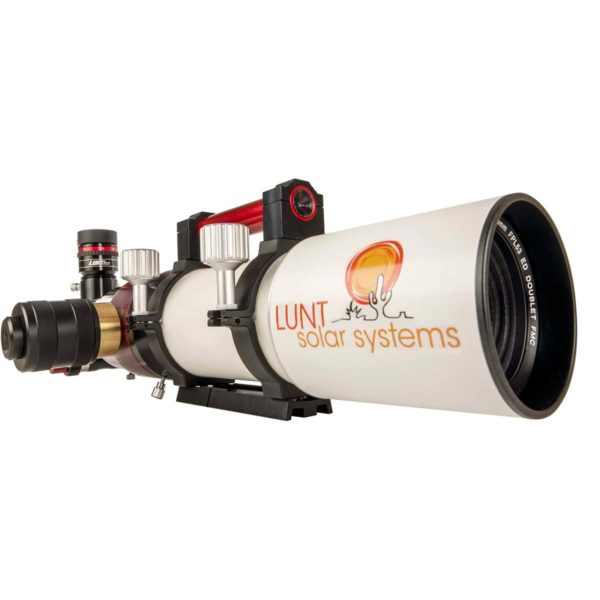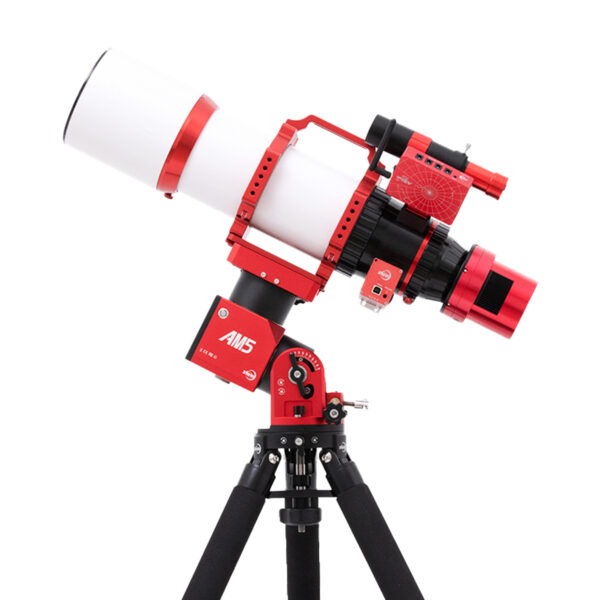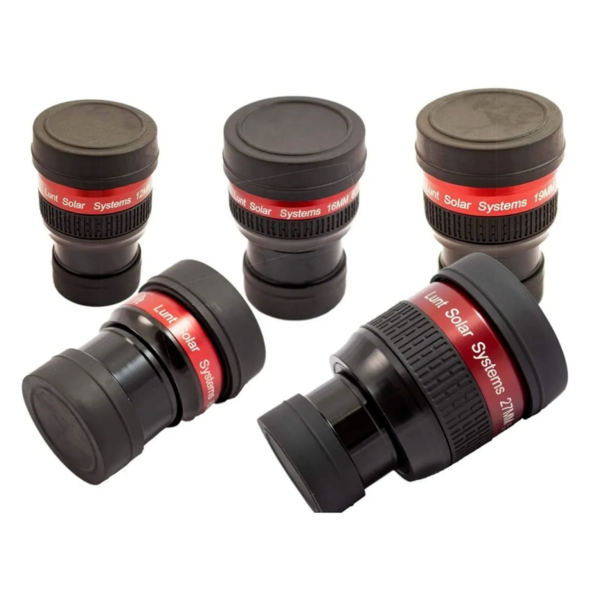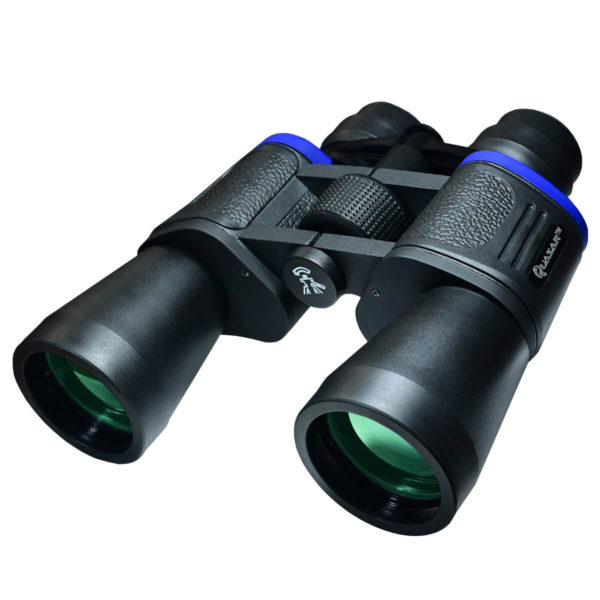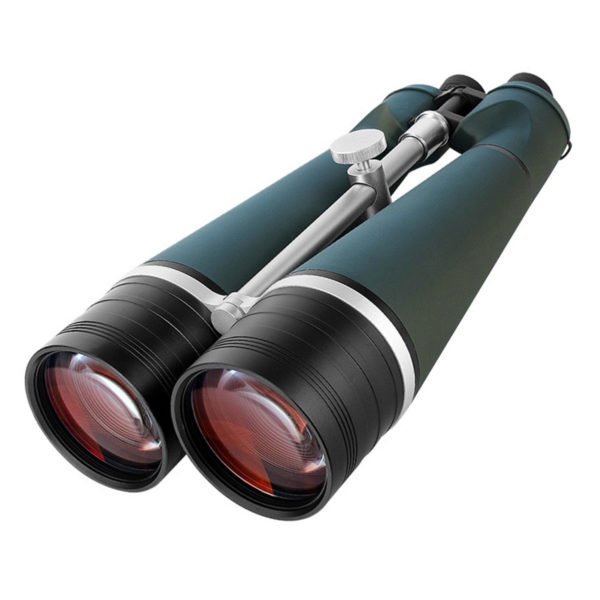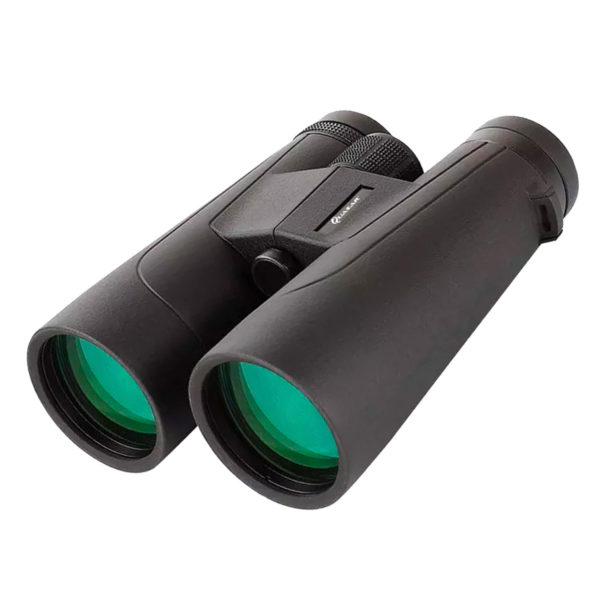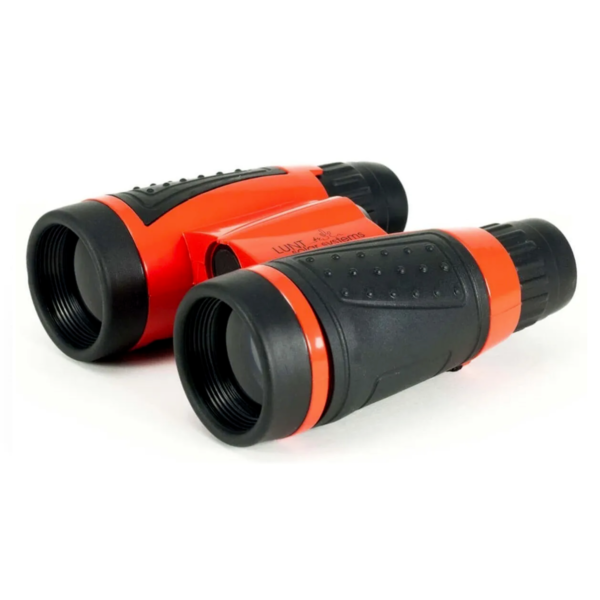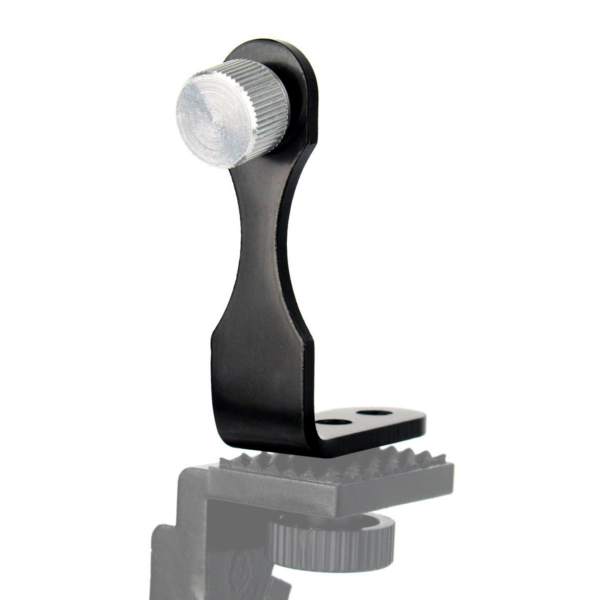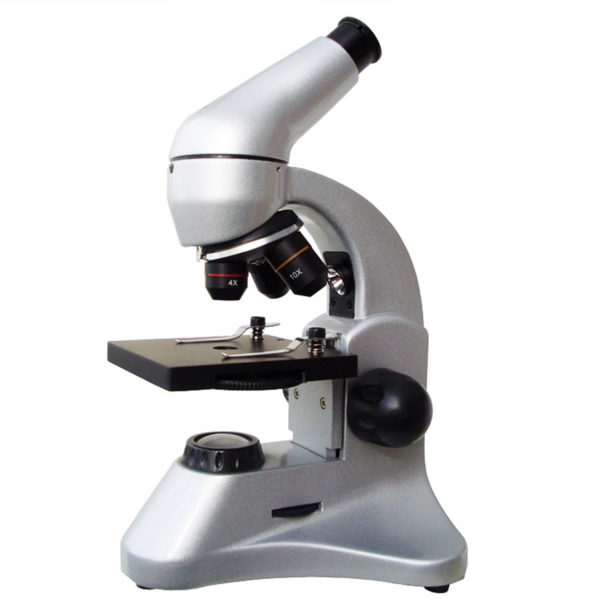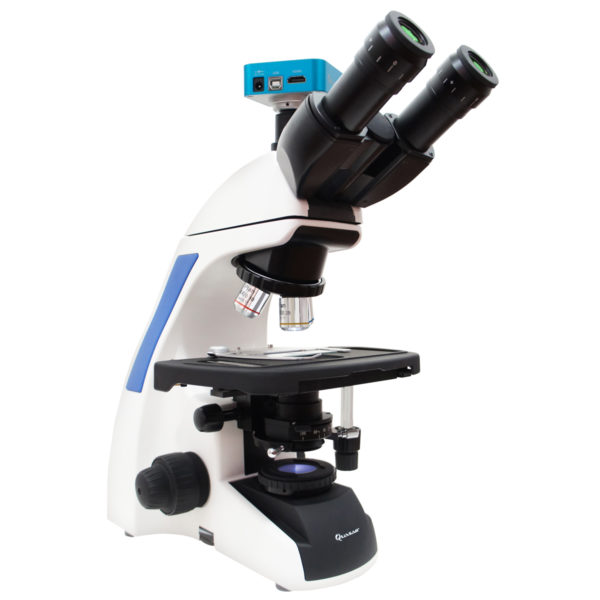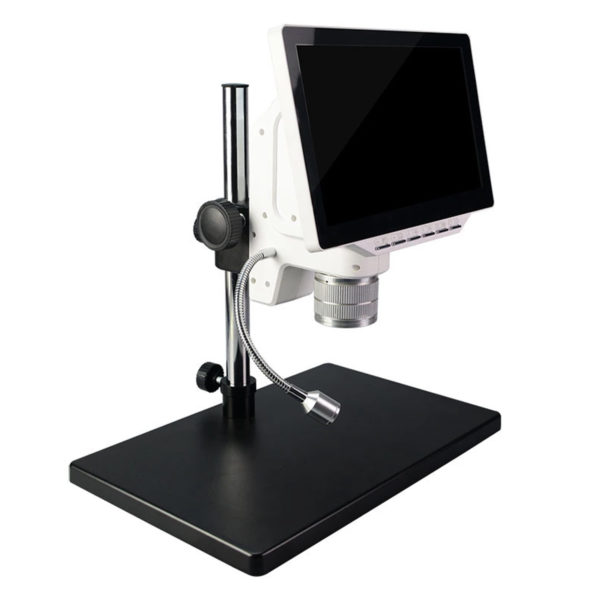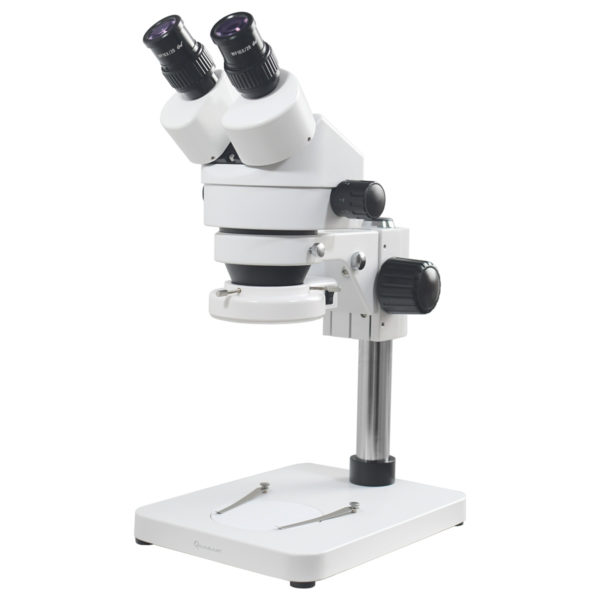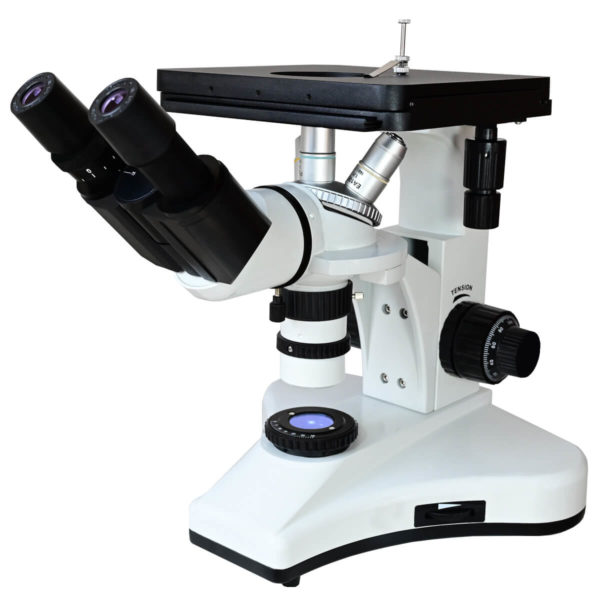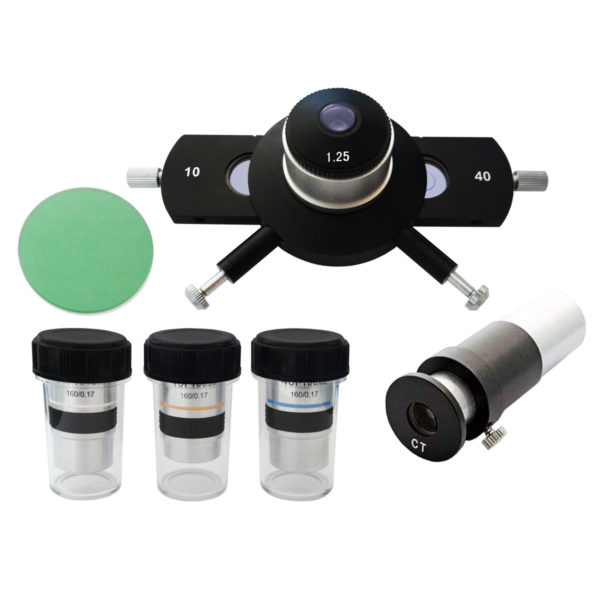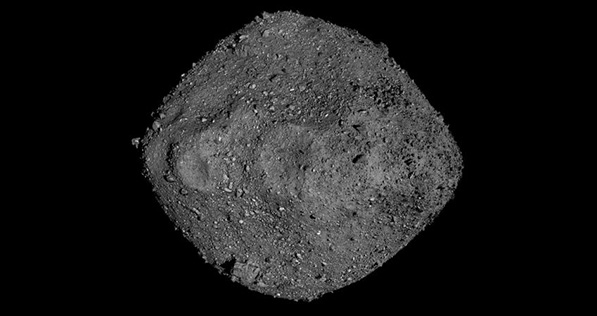This Sunday the Osiris Rex de la Nada capsule crossed the Earth’s atmosphere at incredible speeds, became a fireball in the sky, but a heat shield and parachutes slowed the descent, turning it into a soft landing in the Utah desert, USA.
The capsule brings a handful of dust, and if we put it that way it’s no big deal, but this time this dust comes from an asteroid called Bennu, which is a mountain-sized rock that can give us information to answer the question “Where did we come from? A recurring question in these notes.

It carries 250g of this dust, and may help answer that question because such dust existed before our planet existed, perhaps some older than our Solar System, according to Professor Dante Lauretta, principal investigator of the mission.
It seeks to trace our origins as humanity, how the earth was formed and why it is a habitable place, also where the ocean waters and the air we breathe come from and last but not least, what is the source of all the organic molecules that make up life on Earth?
The journey to get the Bennu fragments began in 2016, when NASA launched the Osiris Rex spacecraft toward the 500-meter-diameter object.

It took two years to reach the rock body and another two years to map before the mission team could confidently identify a location on the rock’s surface in which to collect a soil sample.
And you may wonder why so long, and it has to do with British rock legend Brian May, the guitarist of Queen, who is a specialist in stereo image mapping.
For he has the ability to align two images at different angles of the same object to give a sense of perspective, forming a 3D scene; he and his collaborator Claudia Manzoni did this to draw up the final list of locations on Bennu at which to collect samples.
The time of the sample collection was on October 20, the Osiris Rex probe descended to the asteroid holding a grabber mechanism, the idea was to hit the surface of the rock and at the same time release a puff of nitrogen gas to lift the dust, When the probe made contact the probe broke apart with a fluid, by the time the beam was fired the disk was already 10cm below and the pressure of the nitrogen opened a 9mts hole and the dust flew everywhere, but a part of it was deposited in the collection chamber.
After that, Osiris embarked on its journey to Earth, a round trip of seven years and 7 billion kilometers, the camera will be taken to the Johnson Space Center in Texas, where a special enclosure dedicated to sample analysis has been built.
It is possible that Bennu has 10% of its weight in water and 5% to 10% carbon, which could have provided the hydrogen to form the Earth’s water.
Some experts theorize about the great bombardment and its relevance to the amount of water on our planet, as well as other elements that could have been the building blocks of life.



